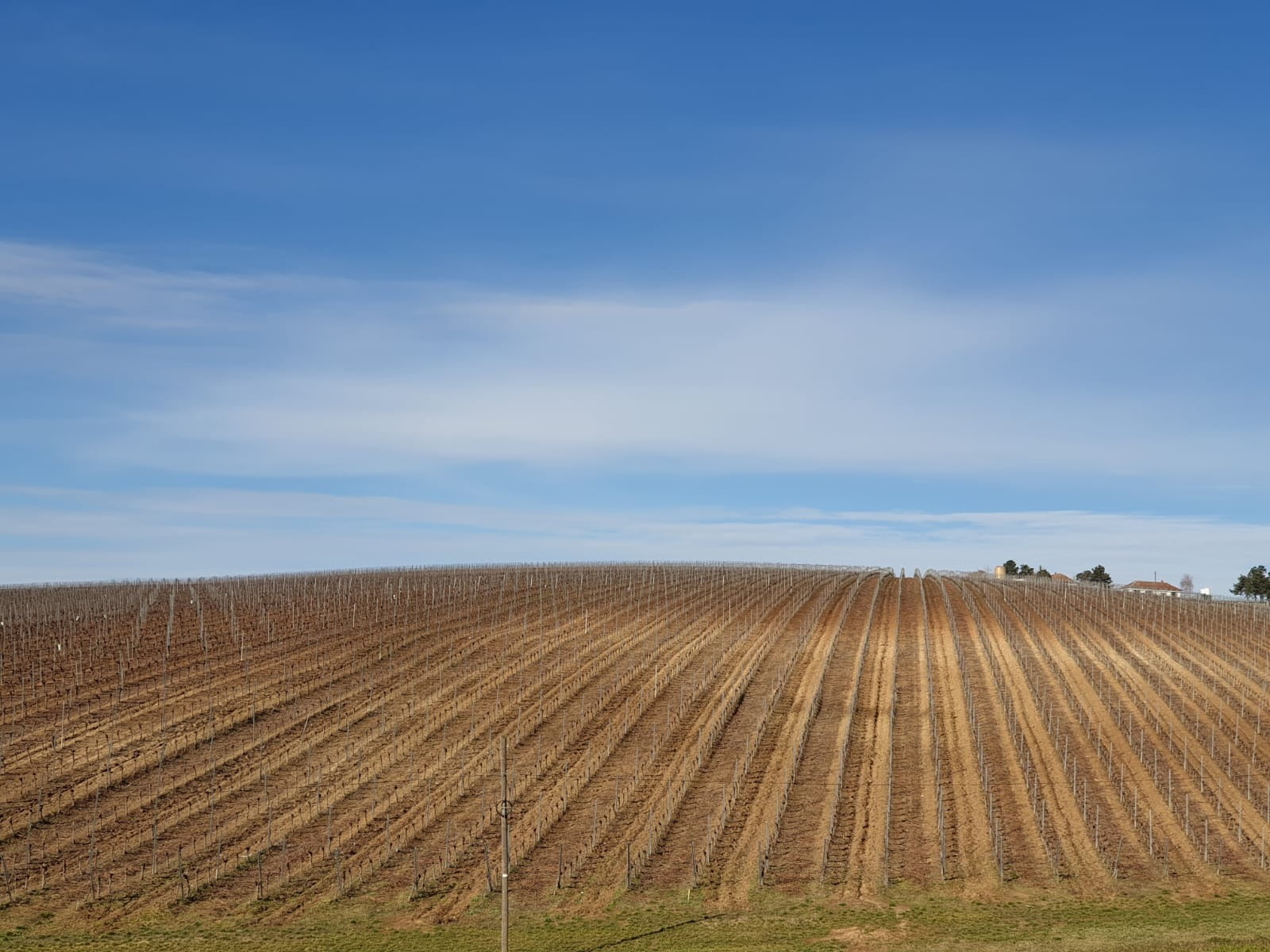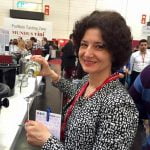The winter pruning of grapevines is one of the most essential works in vineyards.
1. The grapevine pruner must be visionary
Every grapevine grower knows that the grapevine is a vine, even those who manage them according to popular tradition. This vine could grow continuously in areas where it encounters favorable climatic conditions, and obtaining even two harvests a year is a reality, not a myth.
It all depends on the man and how he can influence the development of dormant buds, from the fifth and sixth node on the main shoot, while maintaining the clusters already formed. It is not a question of the second crop, made up of bunches from sucker shoots resulting from too severe premature trimming, but of the enhancement of the yield, from buds also located on the main shoots.
In a temperate climate like Romania, the grapevine is allowed a period of about three to four months of dormancy, winter dormancy. As I wrote in a previous article, this is not so much a deep sleep as a coma, but rather a shift of activity from the surface of the soil, subject to low temperatures, to the subsoil.
Here they work around the clock, either in summer or winter. Gelivation, the process of disintegration of the rocks on the earth’s surface, caused by temperature variations, changes the physical structure of the surface soil, increasing water permeability and osmotic exchange, which alters the density and composition of the colloidal nutrient solution that the grapevine’s absorbent roots, the rootlets, extract with ease if conditions are suitable, even in winter.
Regenerating or rejuvenating the trunk should preserve enough wood for the next year’s pruning. This is often the most critical aspect of the pruning process because the presence of new wood in the right place for next winter’s pruning must be anticipated, and this is not done automatically, but well thought out, by means of reversing/returning structures, taking into account the positioning of the remaining buds after pruning [2].
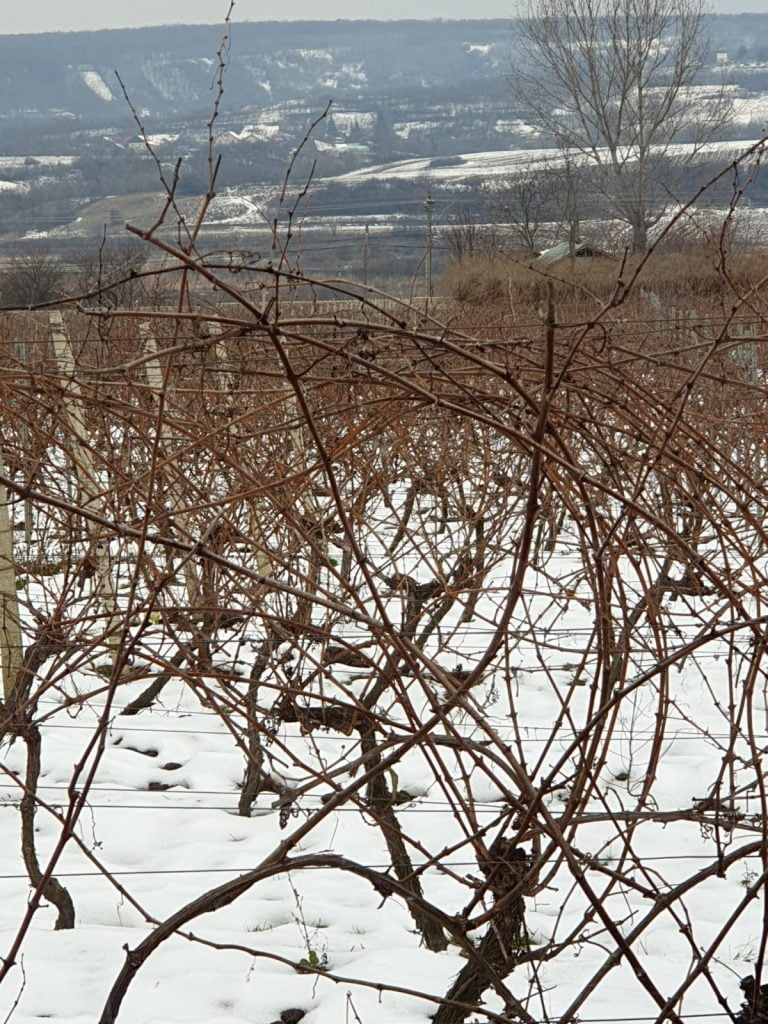
2. Winter grapevine pruning, between myth and reality
The classic fruit stand consists of a:
- the fruiting or replacement spur, which has two (maximum three) bud eyes ("fruiting buds") and
- a fruiting cane (8-10 bud eyes or more, depending on the vigor and specificity of the grapevine variety ( table or wine), the degree of lignification of the annual wood, the precipitation regime, the sun exposure, the soil fertility and a multitude of other factors that would need a separate article!).
- or small cane (5-8 bud eyes, a formation found especially in varieties with low and medium vigor)
- or short cane/ rider (4-5 bud eyes, being a compromise fruit element, used especially in low vigor varieties or droughty years, when growth has been weak and the annual wood has not matured enough, over a longer period).
3. Not all vineyards are pruned the same
Indeed, the level of production is set according to the direction of the use of the grapes, to avoid under or over-harvesting.
It is particularly important to choose the type of pruning, short or long, depending on the grapevine variety, knowing that the base buds on short wood formations are more fertile than their counterparts on long formations. This phenomenon can be tempered by pruning, leading to the disappearance of the phenomenon of correlative inhibition of the two top buds. [2]
Within the fruiting line, the fruiting or replacement spur, which is left closer to the head of the trunk (the apical part of the trunk), controls acrotony.
Systematic placement of the replacement spurs on the head of the trunk leads over time to the appearance of a formation resembling a hedgehog with its spines cut off or a "willow head", so named by analogy with the morphology of willows after the cutting of the annual twigs [1] used in the wicker braiding industry.
Avoiding the removal of the trunk of the fruit-bearing decks, by distributing the fruit-bearing and replacement elements, optimizing access to light, and limiting the elongation of the perennial woody part ( trunk head), is not easy to achieve.
Only winter pruning, so-called "dormancy pruning", respecting the sap flow, is a method that decreases the frequency of willow leaf blight in plantations where pruning is done correctly.
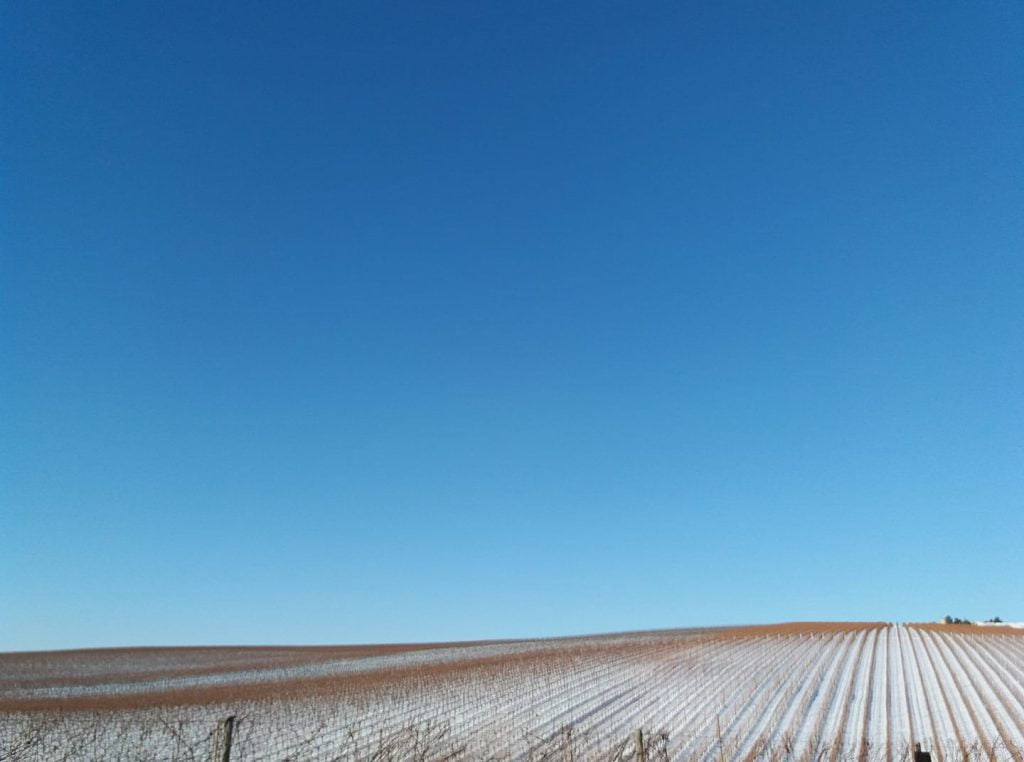
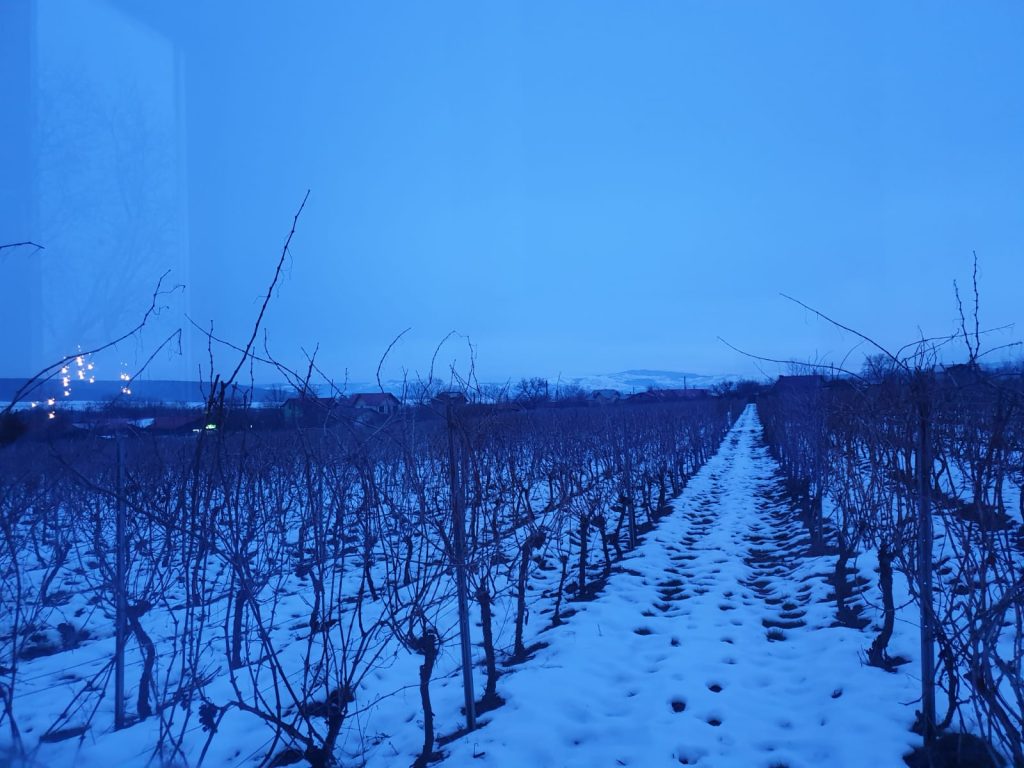
4. Pruning grapevines increases the risk of disease
The remaining wounds from the cut enter the disease is a partially false statement. Grapevines have great power to heal their wounds. As soon as a wound appears, a callus is formed there, a plant tissue of a physicochemical nature, which plays a role in the healing of injuries, whether they are caused by human pruning, accidental breakage, hail, or even after leaf fall.
As temperatures drop in autumn, most pathogenic fungi reduce their populations to their resistance forms – spores, life forms in which they will survive the cold season.
The only diseases that could occur in winter, wood diseases, are also the most serious because they are moved from one plant to another by scissors.
One means of preventing wood diseases in grapevines is to systematically disinfect the pruning shears and to be aware of the sources of infection in your own plantation.
5. Pruning the grapevine too late shortens its life
Late pruning of grapevines leads to sap loss and weakening of the plant over time. Partially true but so far there is nothing contradictory. But, there is a time for every job.
Most specialists support pruning and grooming grapevines during dormancy, just after leaf fall, starting in November. Where pruning is done by hand and there are thousands of hectares, it makes economic sense to start pruning so early.
It is true that wounds from winter pruning dry out more quickly if exposed to low winter temperatures and the weeping (sap exudate) in spring does not manifest itself in large quantities.
It is also true that, in order to avoid drying problems and severe winter frosts, grapevines pruned in early spring are less susceptible to wood diseases (esca, eutyposis), and wounds heal much faster, with the weeping itself generating a faster callusing. Therefore, even on an individual holding, in areas where late spring frosts have been frequently reported, vineyards are pruned last.
On the other hand, acrotony, i.e. the dominance of the apical bud over the others in the development of the plants, allows the delay of pruning until the terminal buds open. It is a practice that is becoming increasingly popular in areas where late spring frosts have been devastating over the last 10 years. Acrotony also applies to a lot of fruit trees or ornamental trees/shrubs.
On this principle, in order to overcome late spring frosts, we could postpone pruning apricots, peaches, plums, and even roses, leaving the leaflets at the top of the leaves to freeze. Pruning after this phenophase would stimulate the basal buds to start, delaying their entry into vegetation until after the thermally critical period has passed.
In France, after the experiments made by Professor Alain Deloire on the Syrahvariety, more and more winegrowers in Alsace, Champagne, or Burgundy are turning to late pruning, which is by far the most favorable investment in the fight against climate change, which increasingly brings high temperatures in January and February and heavy frosts in April and sometimes even in May. [2]
When we know the challenges, we are ready. Let’s wish for a normal year, without late frosts, with a rich and healthy harvest, to be able to make competitive wines. That is why it is no secret, and no myth, that the future of wine lies "at the tip of the worker’s scissors pruning the vineyard in winter".
Good luck to the competitors who entered the first competition dedicated to winter pruners in Romania, the first competition of dormancy grapevine pruning: WOR – The Best Pruner in Romania – 2023!
Reference:
[1] Simonit, Marco – Guide pratique de la taille Guyot – Prevenir les maladies du bois, Editions France Agricole, 2016
[2] Carbonneau, A. et all – Traite de la Vigne, 3-e edition, Dunod, 2020

